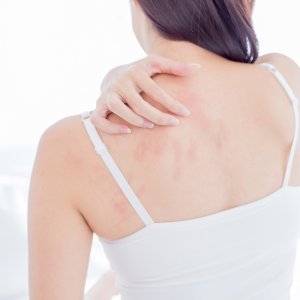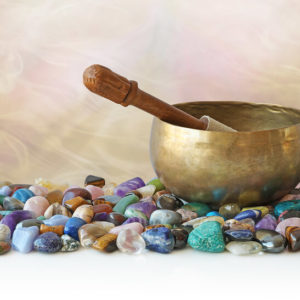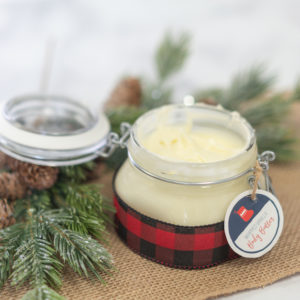A wealth of information. A dearth of clear decisions.
When you look online, there are dozens of different opinions about how essential oils should and should not be used. There are so many essential oil gurus who swear that they should never be ingested or applied without carrier oil. Some even contend that they should exclusively be used in diffusers. Let’s talk about some essential oil basics! What are the three primary ways that they can be used?
A Caveat, My Opinion is More Liberal Than Many
Essential oils can be inhaled aromatically, applied topically to the skin, and ingested by mouth. It is important that you only use the highest quality essential oil. This is especially important when you are applying to the skin or ingesting. If you cannot use high quality essential oils, then you should not use them on the skin or ingest them.
How do I use an Oil Aromatically?
If you have never used an essential oil, simply opening the bottle is an excellent place to start. Open the bottle, inhale, and enjoy. If you do not enjoy the aroma, try a different method. Instead of inhaling, apply to the skin or add to a recipe. Or you can select another essential oil. Some people say that if you hate the smell of an essential oil that you need it more. I have never found any research to indicate that this is true.
One thing is for sure, when you inhale an essential oil, your mood can be affected. This is because inhaled essential oils engage directly with the limbic system. Add a few drops of essential oil to a diffuser to transform the aroma and mood of an environment.
What about Topical Use?
Another basic way to reap the benefits of essential oils is topically. If you have never used an essential oil on the skin, start by applying them to the bottoms of the feet or the palms of the hands. Certain areas of skin are more sensitive than others, so for first time users (and many experienced users) it is recommended to avoid overuse of essential oils under the arms, on the face or genitalia, on skin that is broken, or any other area of the body that you find sensitive.
Many people choose to use essential oils undiluted on the skin.
If you choose to use the oil undiluted, be aware that some oils can be perceived as warm or hot on the skin, and others can be perceived as cold. If an essential oil is too hot or too cold on the skin, simply add carrier oil. Carrier oils ensure that the application of essential oils is comfortable on the skin. You can use any fatty oil around your home (almond, jojoba, coconut, olive, hemp, etc.) as a carrier oil, but please avoid petrolatum jelly, mineral oil, or any other synthetic oil as a carrier oil.
If you choose to dilute an essential oil, take a carrier oil and blend with the essential oil before applying to the skin. This can be done in a small dish, in a roll-on container, or in your hand if you are simply applying to sensitive skin or a young child. For the average adult, 1 drop in 10 drops carrier oil is more than enough dilution to avoid any skin irritation, and in most cases less than that will be sufficient.
Use Caution When Applying Essential Oils to the Skin of Very Young Children, Especially Premature Infants.
Some experts argue that essential oils should never be used on the skin of premature infants, however many parents choose to use them on very young infants after assuring that the essential oil is very heavily diluted in carrier oil (1 drop essential oil in 20, 50, even 100 or more drops of carrier oil). Use your best judgement as a parent to decide when it is right to introduce your child’s skin to essential oils.
Patch Testing
If you have very sensitive skin or if you want to exercise additional caution, consider a basic patch test procedure prior to first use of an essential oil. To perform a patch test, apply 1-2 drops of essential oil to a patch of skin such as the forearm (you may opt to dilute the essential oil with a carrier oil before you apply). Observe that area of skin over the course of 1-2 hours for any noticeable reaction. If discomfort or irritation occurs, do not apply more essential oil. Apply carrier oil as often as needed to the affected area. Never use water to flush the oil off the skin, as this may increase discomfort. If you experience discomfort from an essential oil dilute the essential oil before using again.
Oh, the Controversy of Ingestion
Essential oils may also be taken by mouth, either directly dispensed on the tongue, placed in a capsule, or included in foods and beverages as flavoring agents. In general, start low and go slow as you begin to ingest essential oils. One to two drops directly on the tongue or in a capsule can be enough to start. When cooking with essential oils, a little bit goes a very long way. Do not use more than is recommended in the recipe, as the flavor of essential oils can be quite potent and can quickly overpower a dish. Often, dipping a toothpick into the essential oil and swirling in a batter, sauce, or beverage can be enough to impart flavor to the dish.
Per the Food and Drug Administration, there are dozens of essential oils generally recognized as safe for ingestion (GRAS).
This list includes resins not extracted by solvents, distillates, and cold pressed oils. Essential oils on the GRAS list include peppermint, cinnamon, clove, nutmeg, most citrus varieties, chamomile, geranium, and many more. Even some essential oils that contain riskier constituents, such as hyssop, sage and mustard, are included on the list.
It is important to use caution when interpreting ingestion data. Pay special attention to the dose of the oil that was used in the study. Oftentimes the dose is much higher than what would normally be ingested by a human. Side effects from ingestion of essential oils are typically gastrointestinal. Some people experience belching (especially immediately after ingestion) and flatulence.
If you choose to use essential oils in water, the best containers are ceramic, stainless steel, or glass. These are less likely to react with essential oils than plastic.
There are several specific concerns about ingesting essential oils, and you can read more about them here: Do they have effects on teeth? And what is the potential harm to the liver?
Timing
There is no perfect time schedule to use an essential oil. Some people choose to use essential oils very regularly, perhaps 3-4 times per day or more. Others only use as needed for a specific reason. As you start, remember that it does not take much oil to make a large difference in the environment, to a food or beverage, or to your well-being after inhalation or application on the skin. Excessive use (what I loosely define as more than one milliliter at one time, especially by mouth) is not generally recommended.
What are your essential oil basics that you share with everyone?
Brand new to Essential Oils? and learn how to use essential oils in your daily routine.












